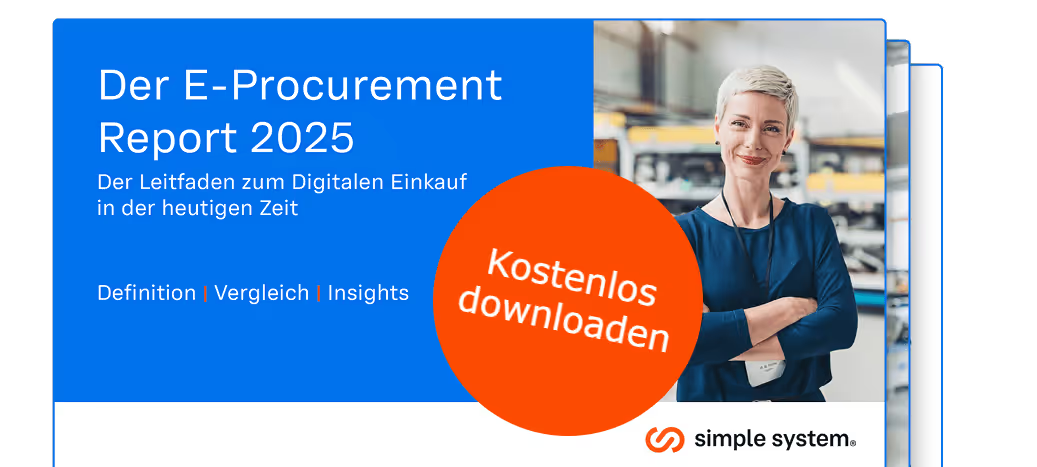The digitization of procurement using eProcurement Systems provides an effective means of handling the purchase of C-parts and indirect requirements. With minimal workload on the part of the purchasing department, thus creating space for the strategically decisive procurement of A and B parts.
The basic idea is always to outsource operational procurement activities to those who have the need — so-called users. The right mix of individual freedom and sufficient control is crucial for the success of this approach. Here, eProcurement Solutions offer various adjustments, which the purchasing department can configure to suit the respective company situation.
Define rules
There is one thing you should be aware of: Digitalization does not mean mapping traditional manual processes 1:1 in IT. This also applies to procurement. While the traditional process only checks what should be purchased and where shortly before the order is placed, eProcurement makes extensive decisions as soon as the system is set up. This pre-selection makes it possible to significantly streamline the process, as the review of an order can be carried out much more quickly. In this way, process costs can be reduced by up to 40 percent. Which cost savings can actually be achieved depends on the respective optimization potential in company-specific processes and process costs in purchasing [Gerberich Consulting/HTWK Leipzig]. In addition, the improvement of process efficiency through digitization is not aimed at saving personnel resources, but at relieving employees of time-consuming routine tasks in order to create capacity for more value-adding activities instead.
Supplier selection is paramount when it comes to streamlining processes. Framework agreements are concluded with a few strategic suppliers, which relate on the one hand to price conditions and on the other hand to product areas. Only the defined product ranges of these suppliers are available when ordering.
Secondly, users save themselves time-consuming searches and inputs. All order-relevant information is stored. This includes details about the products from the electronic catalogues as well as information such as account allocation types or delivery address. If necessary, various approval procedures may also be offered to choose from. Each order is automatically linked to the correct cost centre via the user profile. In this way, up-to-date reporting can be created at any time, which creates additional transparency.

Einkaufen & sparen
Erfahren Sie, wie es geht, in unserem kostenlosen E-Procurement-Report. Jetzt kostenlos und unverbindlich herunterladen.
Jetzt lesen



.webp)




